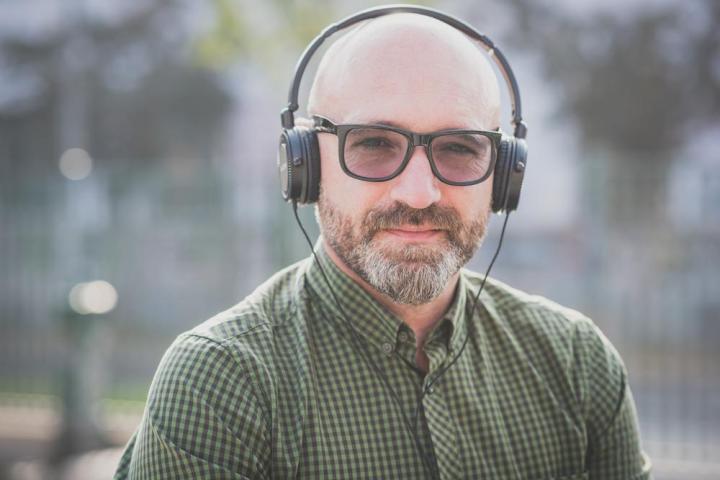
“For this study, I started with individual listening data from U.S. Spotify users and combined that with Echo Nest artist popularity data, to generate a metric for the average popularity of the artists a listener streamed in 2014. With that score per user, we can compute a median across all users of a specific age and demographic profile,” Kalia said.
Kalia matched up the data he collected using Spotify’s taste profiles with The Echo Nest’s popularity ranking API. Taylor Swift is ranked at No. 1, making her the most “mainstream” artist. Moving further away from the center, one finds more obscure artists that generally don’t make it to the Billboard 200, but still have a cult following.
Kalia notes that listeners discover more music in their late 20s and early 30s, but also return to the music they listened to in their teens. When gender is made a factor, men tend to “spiral out” sooner and to a much greater degree than women. The latter even “curve back” into the mainstream when they reach their early 40s.
Kalia also notes that being a parent has an effect on your musical tastes. “Becoming a parent has an equivalent impact on your ‘music relevancy’ as aging about four years,” he said. “Interestingly, when it comes to parents, we don’t see the same steadily increasing gap we saw when comparing men and women by age. Instead, this ‘musical tax’ is roughly the same at every age. This makes sense; having a child is a ‘binary’ event. Once it happens, a lot of other things go out the window.”


